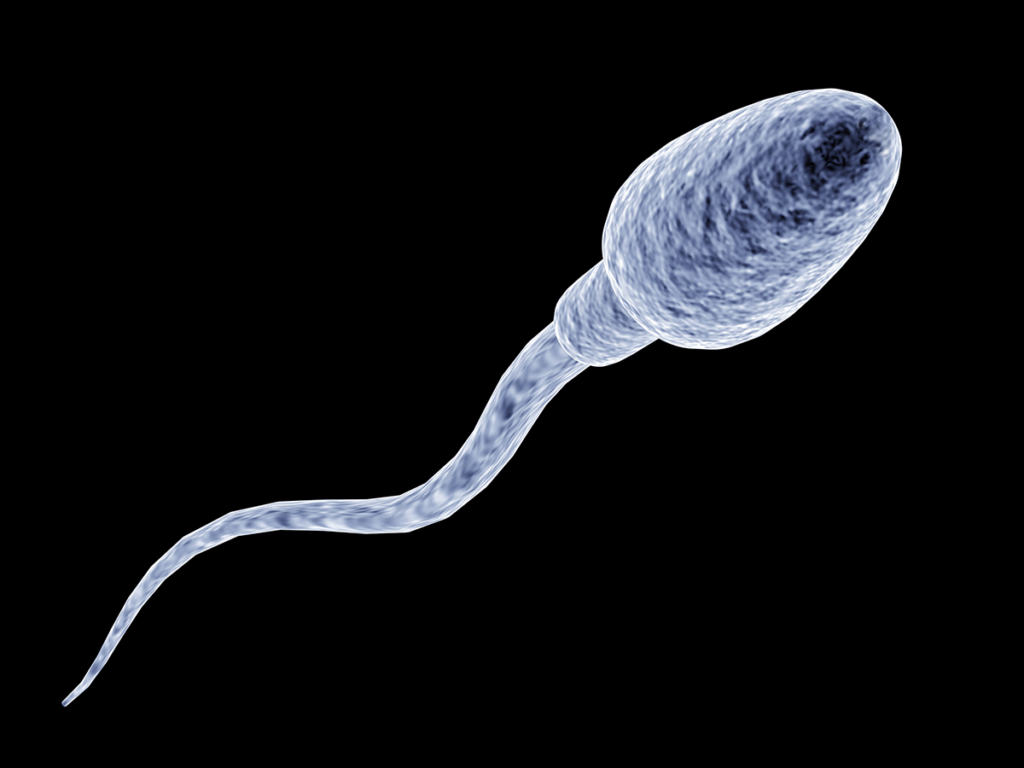Surgical Sperm Retrieval For Azoospermia
Surgical sperm aspiration (also known as retrieval) is a recommended treatment for men with azoospermia, a condition characterized by the absence of sperm in the ejaculate.
The Fertility & Gynecology Academy offers expert surgical sperm retrieval procedures with the female partner’s egg collection for optimal results.
There are two methods of surgical sperm retrieval
- PESA (Percutaneous Epididymal Sperm Aspiration)
- TESA (Testicular Sperm Aspiration)
PESA (Percutaneous Epididymal Sperm Aspiration)
PESA involves the collection of sperm from the epididymis, located within the scrotum, using a syringe and fine needle. This method is employed when no sperm are present in the ejaculate due to obstructions in the sperm passages.
Causes of this obstruction may include vasectomy reversal, vas deferens damage from infection, or congenital bilateral absence of vas deferens.
TESA (Testicular Sperm Aspiration)

TESA, on the other hand, retrieves sperm directly from the testicles. This method is typically utilized for men with non-obstructive azoospermia when no sperm can be retrieved from the epididymis.
The Procedure
Surgical sperm retrieval is performed under short intravenous sedation or local anesthesia. The fine needles used make the procedure straightforward. Both PESA and TESA have similar success rates for sperm ejaculation. These methods can also serve diagnostic purposes.
Most patients prefer PESA because it allows them to return home within hours of the procedure and often resume work the next day. TESA, on the other hand, may result in some post-procedural pain and swelling.
PESA and TESA are viable treatment options for men experiencing non-obstructive and obstructive oligozoospermia, with a success rate of approximately 25% per treatment cycle.
